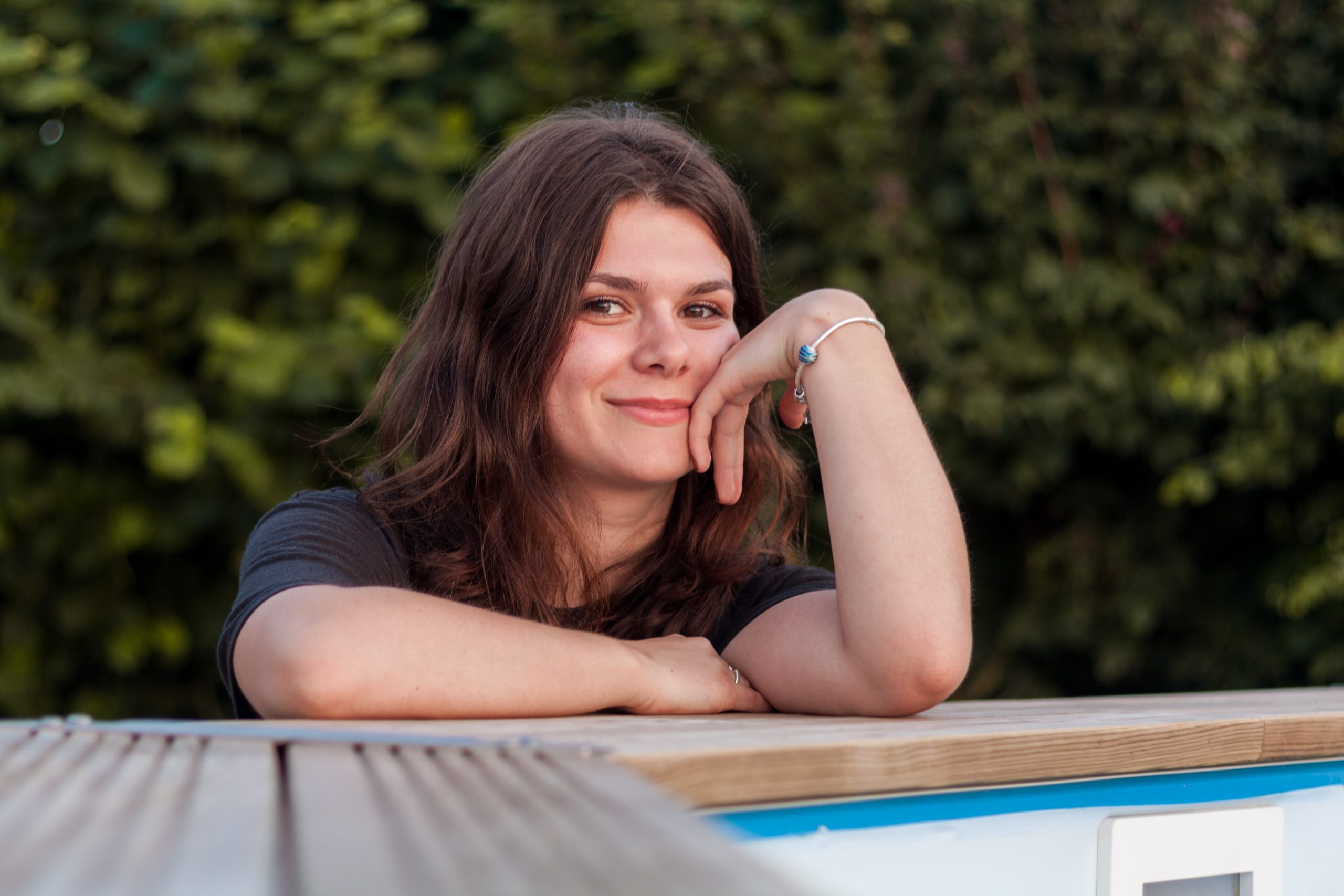Chemotherapy-induced Alopecia Study (CIA)
Status
Completed
Intro
Chemotherapy- Induced Alopecia (CIA) or hair loss as a result of certain types of chemotherapy is considered one of the most distressing side-effects and a constant reminder of the cancer which can lead to a negative self-image and feelings of depression and anxiety.
Scalp cooling is currently the only clinically proven method that can help with the prevention of CIA. Scalp cooling works by lowering the temperature of the scalp before, during and after administration of chemotherapy. This reduces the blood flow and less chemotherapy will reach to the hair follicles causing less damage and as such can prevent or minimise hair loss. How well (effective) scalp cooling works can vary and more research is needed to define what variables contribute to the degree of success.
Objective
The CIA-trial looked at the efficacy of scalp cooling at 2 different temperatures.
Methods
Sixty stage 1–3 Early Breast Cancer (EBC) patients recommended to receive taxane or anthracycline-taxane chemotherapy regimens were recruited. The primary outcome was incidence of minimal hair-loss (MHL – defined as 60% Dean grade 1 or 2). The patients were then randomly assigned to one of the two temperature settings selected for this study. The machine used for scalp cooling in this trial is the Dignitana Dignicap which is a TGA approved refrigerated cooling system. The rate of patient reported hair loss was graded and compared amongst the two temperature settings in the three treatment groups as well as compared with information available in literature from patients who have not undergone scalp cooling. Any information on side-effects possibly related to scalp cooling will be collected as well as information to assess the Quality of Life of patients undergoing scalp cooling during chemotherapy.
The CIA-trial will follow patients for up to 10 years after start of their first chemotherapy treatment to collect information on any possible long-term side effects related to scalp cooling, more specifically the rate of reported cancer spread to the scalp. Current published research shows that there is no increased risk with scalp cooling however further research is needed.
Conclusions
Based on our analysis of patients’ intentions to undergo treatment, we found that 33% of patients experienced significant hair loss (MHL), which means we did not achieve our main goal. Among those who received chemotherapy containing only taxane, 45% had the highest rate of hair loss. Other factors like hair type, age, body weight, and temperature setting did not predict hair loss. Patient-reported anxiety decreased significantly for all patients, but there was no noticeable difference in depression or body image, regardless of the extent of hair loss.
Side effects related to the treatment were generally mild and temporary.
Based on our findings, we suggest using a scalp cooling technique (SC) for all patients receiving taxane-based chemotherapy. However, for patients undergoing combined anthracycline-taxane regimens, the decision to use SC should be made on a case-by-case basis.
Research Paper

Prof Arlene Chan
Medical Oncologist
Co-Investigators
Tracie Ernenwein
Dr Albert Gan
Wenbin Liang






